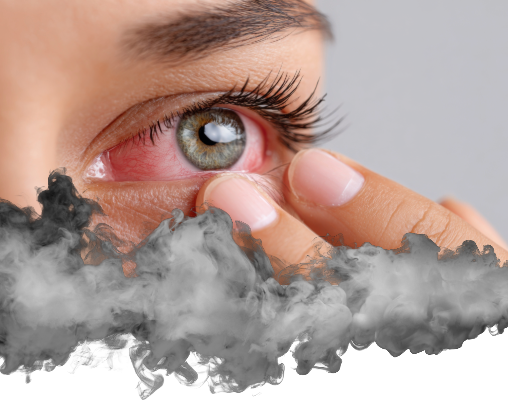The connection between cigarette smoking and serious eye diseases is well established. Smoking has been shown to increase the risk of cataracts, macular degeneration, glaucoma, and a variety of retinal conditions. These effects are largely due to oxidative damage and inflammation caused by smoking, which impact not only the eyes but the entire body. Smokers are four times more likely to develop macular degeneration than non-smokers.
When patients with a family history of macular degeneration ask me what they can do to reduce their risk, my answer is always the same: the most important step you can take is not to smoke. Smoking also worsens the effects of diabetes on the eyes and can exacerbate conditions like thyroid eye disease.
While vaping is often positioned as a cleaner alternative to cigarettes, it has not been studied nearly as extensively. That said, we already know it comes with its own set of risks to eye health. Research has shown that vaping can cause tear film instability and contribute to chronic dry eye. It can also permanently damage the meibomian glands—tiny glands in our eyelids that produce the oil layer of our tears, which is essential for comfortable, healthy vision. As for more serious diseases like macular degeneration and cataracts, preliminary studies suggest that vaping may increase the risk, but we don’t yet have the long-term, evidence-based research needed to draw firm conclusions.
So, is vaping safer than smoking? Possibly. But when it comes to your vision, the risks are still very real. With so much we still don’t know, it simply isn’t worth taking chances.


